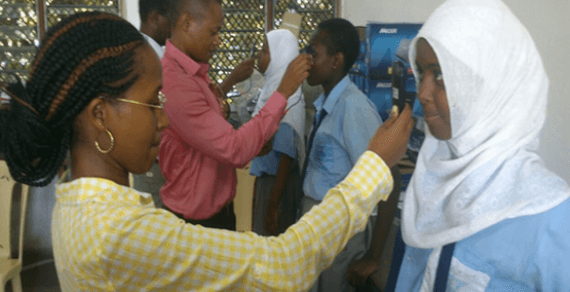Blogs
Biometrics for Education
14 March, 2022
Biometrics in schools has long been used primarily in developed countries such as the UK and US. Nowadays, biometrics has been applied widely in education in many developing countries including Asia and Africa countries. With the use of iris technology, it can address many problems occurring from elementary to university such as truancy, library books borrowing, cashless canteen systems, vending machines, class attendance, payment into schools and home/school bus journeys.
The most recent national project that applied iris biometric for education is in Kenya. The project was initiated by The Ministry of Education, Science and Technology, aimed to provide an accurate attendance tracking for all students in classes (roll-call) or school buses (getting on/off tracking). There were more than ten companies bid and offered different kinds of biometric solutions. However, only IriTech’s iris technology provided through our local partner, SafeKidz (http://safekidz.co.ke/#biosim), was chosen for the project as it well met the requirements such as high accuracy, low cost, and touchless solution.


Biometric identification system by The Ministry of Education, Science and Technology project
In details, the solution includes IriTech’s IriShield camera connecting to a low cost Android phone or tablet via USB cable. Iris matching is done on-board of IriShield whose internal gallery can hold up to 500 identities (expandable to 5,000 identities) which is more than enough for most of the schools. The local matching capability is a particular advantage in the school-bus scenario because it does not require wireless/3G communication between the biometric terminal in the bus and a back-end server. Such communication is expensive and sometimes unavailable in certain areas.
The project is currently running in over 300 schools in Kenya as a pilot project and soon to be nationalized.
